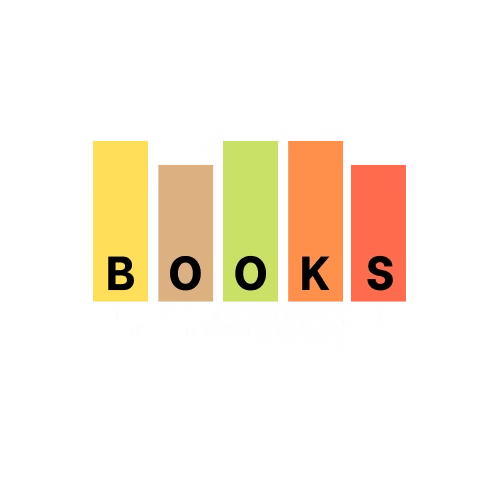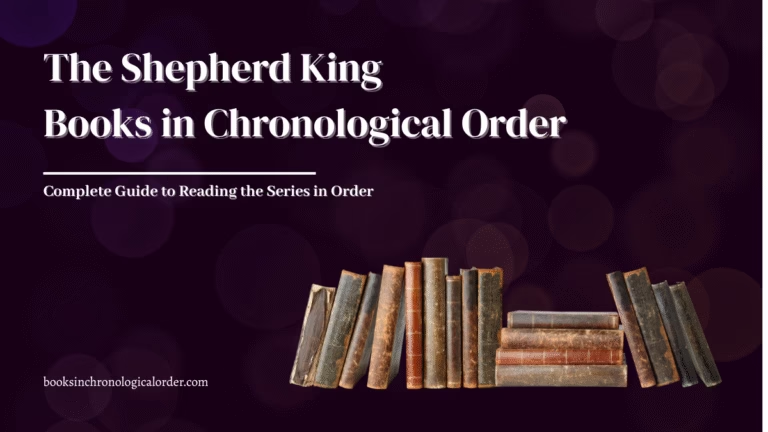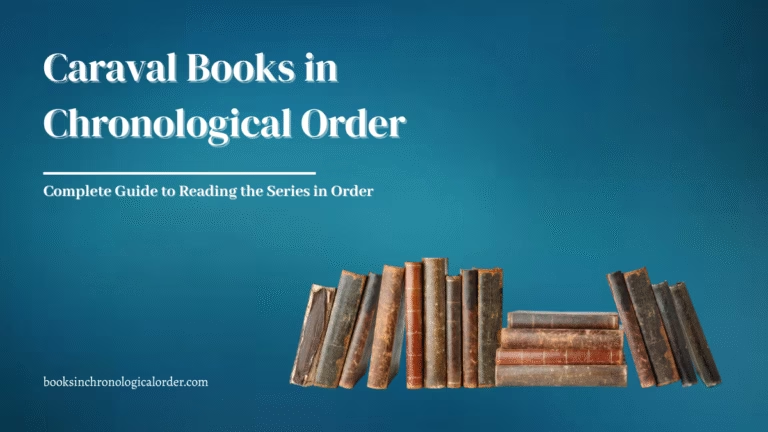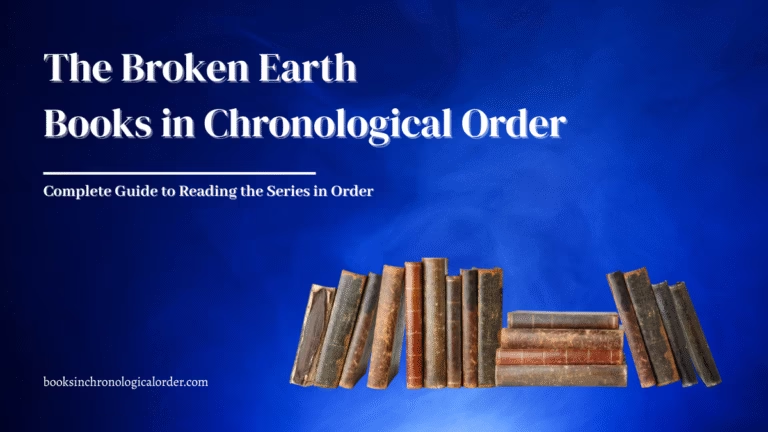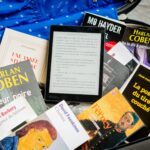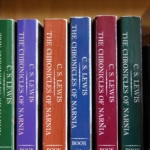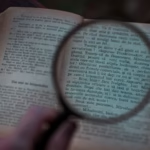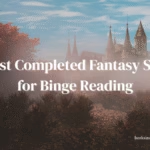Read every series in the right order
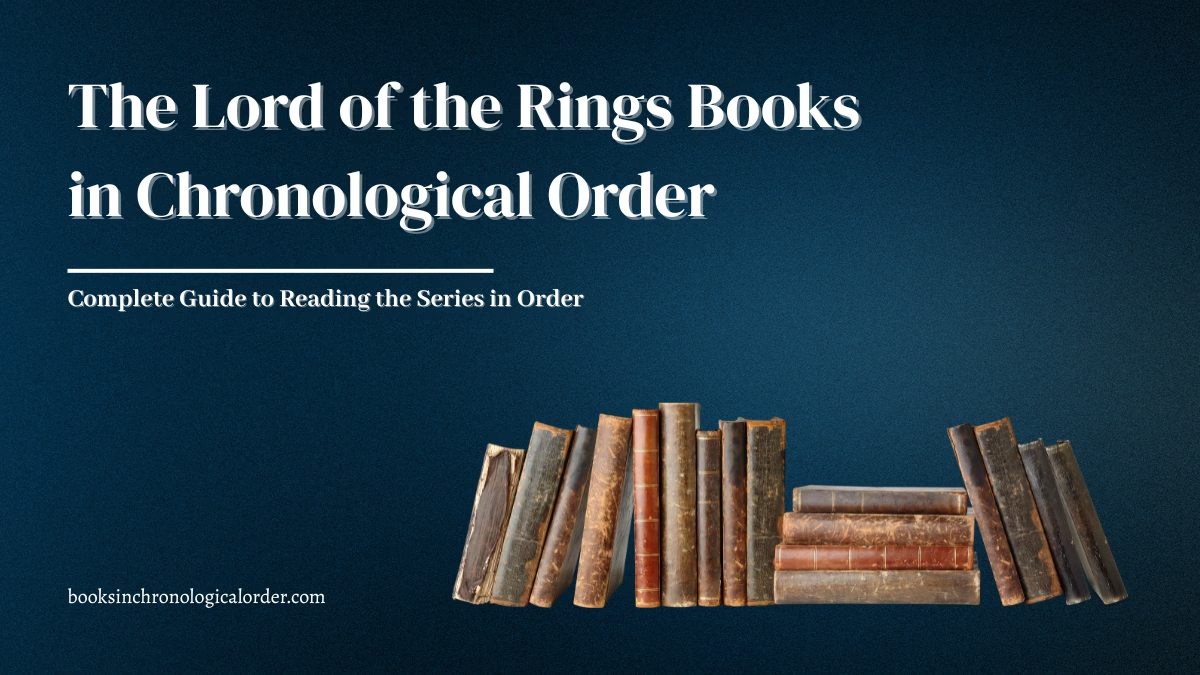
The Lord of the Rings Books in Chronological Order – Complete Guide
Table of Contents
If you want to immerse yourself in one of the most iconic and influential fantasy sagas ever written, you’re in the right place. The Lord of the Rings books by J. R. R. Tolkien are a cornerstone of modern fantasy literature, weaving an epic tale of friendship, courage, and the struggle between good and evil across the richly detailed world of Middle-earth.
Originally written as a single continuous story but published in three volumes between 1954 and 1955, the series follows hobbit Frodo Baggins and his companions as they journey to destroy the One Ring and defeat the Dark Lord Sauron. Tolkien’s masterpiece has sold over 150 million copies worldwide and inspired countless adaptations and fan communities.
Many readers search for the best way to read The Lord of the Rings books, wondering about the correct chronological order. This guide lays out the full reading order and explains why reading them in chronological order enhances your understanding of this timeless fantasy epic.
Note: This post contains affiliate links. If you purchase through these links, we may earn a small commission at no extra cost to you. Thanks for supporting BooksInChronologicalOrder.com!
Quick Facts: The Lord of the Rings Series
| Element | Details |
|---|---|
| Author | J.R.R. Tolkien |
| Series Length | 3 core novels (plus The Hobbit & The Silmarillion as prequels/companion) |
| Total Page Count | Approx. 1,500 pages (standard editions) |
| Audiobook Length | ~60 hours (combined) |
| Original Publication | 1937 (The Hobbit), 1954–1955 (LOTR trilogy) |
| Chronological Span | ~Second Age to end of the Third Age (~6,000+ years) |
| Genres | High Fantasy · Hero’s Journey · Epic Saga |
| Media Adaptations | 3 films (2001–2003) · Amazon’s The Rings of Power (2022– ) |
| Reading Order Tip | Start with The Hobbit, then follow the LOTR trilogy |
| Ideal Age Range | 12+ for The Hobbit · 14+ for The Lord of the Rings |
The Lord of the Rings Books at a Glance
| Book Title | Year | Amazon Link |
|---|---|---|
| The Fellowship of the Ring | 1954 | Buy on Amazon |
| The Two Towers | 1954 | Buy on Amazon |
| The Return of the King | 1955 | Buy on Amazon |
The Lord of the Rings Books in Chronological Order
1. The Fellowship of the Ring (1954)
The journey begins in the peaceful Shire, where hobbit Frodo Baggins inherits the One Ring from his uncle Bilbo. The wizard Gandalf soon reveals the Ring’s dark power and the evil of Sauron, who seeks to reclaim it to conquer Middle-earth. Frodo sets out with his loyal friends Sam, Merry, and Pippin, joined by Aragorn, Legolas, Gimli, Boromir, and Gandalf himself. Together, they form the Fellowship tasked with destroying the Ring in Mount Doom. This volume sets the foundation for the epic saga, introducing key characters, factions, and the mounting threat of war.
2. The Two Towers (1954)
The Fellowship fractures under immense pressure: Frodo and Sam continue alone on their perilous quest, guided by the conflicted Gollum. Meanwhile, Aragorn, Legolas, and Gimli pursue the captured hobbits Merry and Pippin. The narrative splits, showing the vast scope of the conflict across Middle-earth—from the desolation of Isengard to the stronghold of Rohan, and the looming presence of Sauron’s forces. The book deepens the lore of Middle-earth’s races and cultures while heightening tension toward the final confrontation.
3. The Return of the King (1955)
The climax of the saga unfolds with the fate of Middle-earth hanging by a thread. Aragorn embraces his destiny as the true king, rallying armies to defend Gondor from overwhelming forces. Frodo and Sam, enduring betrayal, exhaustion, and despair, push onward to Mount Doom. The destruction of the One Ring ends Sauron’s reign, but the cost to the heroes is profound. This volume also includes extensive appendices detailing Middle-earth’s history, languages, and genealogies, enriching the world for devoted readers.
Note: While the series is often called a trilogy, Tolkien intended it as a single novel published in three volumes.
Companion Works
Beyond The Lord of the Rings trilogy, J. R. R. Tolkien’s legendarium includes several companion works that deepen the history, culture, and languages of Middle-earth. These are essential for readers who want to explore Tolkien’s world in greater detail:
- The Hobbit (1937)
A prequel to The Lord of the Rings, this children’s novel introduces Bilbo Baggins and sets the stage for the larger epic with the discovery of the One Ring. - The Silmarillion (1977)
Published posthumously by Tolkien’s son Christopher, this collection of mythopoeic tales covers the creation of Middle-earth, the ancient history of Elves, Men, and the origins of evil. - Unfinished Tales
A compilation of stories and essays expanding on events and characters from The Hobbit and The Lord of the Rings, offering additional background and insights. - The Adventures of Tom Bombadil
A collection of poems and stories featuring the enigmatic character Tom Bombadil, who briefly appears in The Fellowship of the Ring. - The History of Middle-earth Series
A 12-volume set edited by Christopher Tolkien that chronicles the development of Tolkien’s mythology through drafts, essays, and commentary.
Reading these companion works enriches the experience of The Lord of the Rings series, offering a fuller picture of Tolkien’s intricate world-building and storytelling craft.
Why Read The Lord of the Rings Books in Chronological Order?
Reading The Lord of the Rings books in chronological order lets you experience Tolkien’s narrative as it was released and intended to be read. The story’s progression, character development, and thematic depth unfold naturally when followed in this sequence. You’ll witness the slow buildup of tension, the rich world-building, and the emotional arcs that have made this series a literary classic.
Author Spotlight: J. R. R. Tolkien
John Ronald Reuel Tolkien (1892–1973) was an Oxford professor, linguist, and scholar whose passion for mythology and languages led to the creation of Middle-earth. His background in philology and his personal experiences in World War I shaped the rich layers of his work. Though initially met with mixed reviews, Tolkien’s Lord of the Rings series has become one of the most beloved and influential works of fiction ever written.
His legacy extends beyond literature into films, radio, games, and music, inspiring generations and cementing his place as the father of modern fantasy.
Media Adaptations
The Lord of the Rings series has inspired numerous adaptations across various media, bringing Tolkien’s world to life beyond the page.
| Medium | Title | Year(s) | Notes |
|---|---|---|---|
| Film | Peter Jackson trilogy | 2001 – 2003 | 17 Oscars; extended editions recommended |
| TV | The Rings of Power | 2022 – present | Amazon series set in the Second Age |
| Radio | BBC Radio 4 drama | 1981 | 13 × 30 min episodes |
| Animation | Ralph Bakshi film | 1978 | Covers Vol I & II |
Film Trilogy
Directed by Peter Jackson, the acclaimed The Lord of the Rings film trilogy was released between 2001 and 2003. The three epic movies—The Fellowship of the Ring, The Two Towers, and The Return of the King—received widespread critical acclaim, winning a total of 17 Academy Awards, including Best Picture. These films remain a cultural phenomenon and introduced Tolkien’s masterpiece to a global audience.
Television
Amazon Studios launched The Lord of the Rings: The Rings of Power in 2022, a high-budget series exploring the Second Age of Middle-earth—thousands of years before the events of The Lord of the Rings. The show delves into the forging of the Rings of Power and the rise of Sauron, expanding Tolkien’s lore on screen.
Radio and Audio
BBC radio has produced multiple dramatizations of The Lord of the Rings over the decades, with notable adaptations in the 1950s and again in 1981. Additionally, audiobook versions narrated by actors such as Rob Inglis and Andy Serkis have brought Tolkien’s prose to audio fans worldwide.
Animated and Fan Films
Before Peter Jackson’s live-action movies, Ralph Bakshi directed an animated adaptation covering the first two books in 1978. Fan-made films like The Hunt for Gollum and Born of Hope have also gained attention for their passion and creativity.
These adaptations have helped keep Tolkien’s world vibrant and accessible, captivating new generations of fans across different platforms.
Frequently Asked Questions about The Lord of the Rings Series
Is The Lord of the Rings a trilogy or a single book?
While published in three volumes, it was conceived by Tolkien as a single novel split for practical reasons.
Should I read The Hobbit first?
The Hobbit is a great introduction to Middle-earth but not strictly necessary before starting The Lord of the Rings.
Are there other Tolkien works connected to this series?
Yes, The Silmarillion and The Adventures of Tom Bombadil provide deeper lore and background.
Are there film adaptations of the series?
Peter Jackson’s film trilogy is the most famous adaptation, earning numerous awards and acclaim. Amazon’s Rings of Power series explores earlier events.
